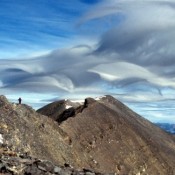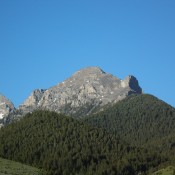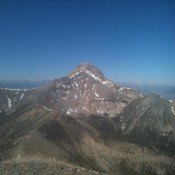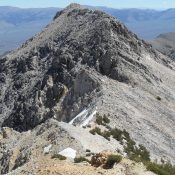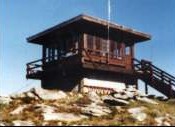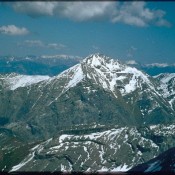
Climbing and access information for this peak is on Page 282 of the book. There are two routes listed in the book. Expanding on this information, you will find below the Northwest Gully/North Ridge Route set out in photos followed by photos of Pat McGrane’s Complete North Ridge Route. Derek Percoski climbed the peak via its South Ridge which was … Continue reading
